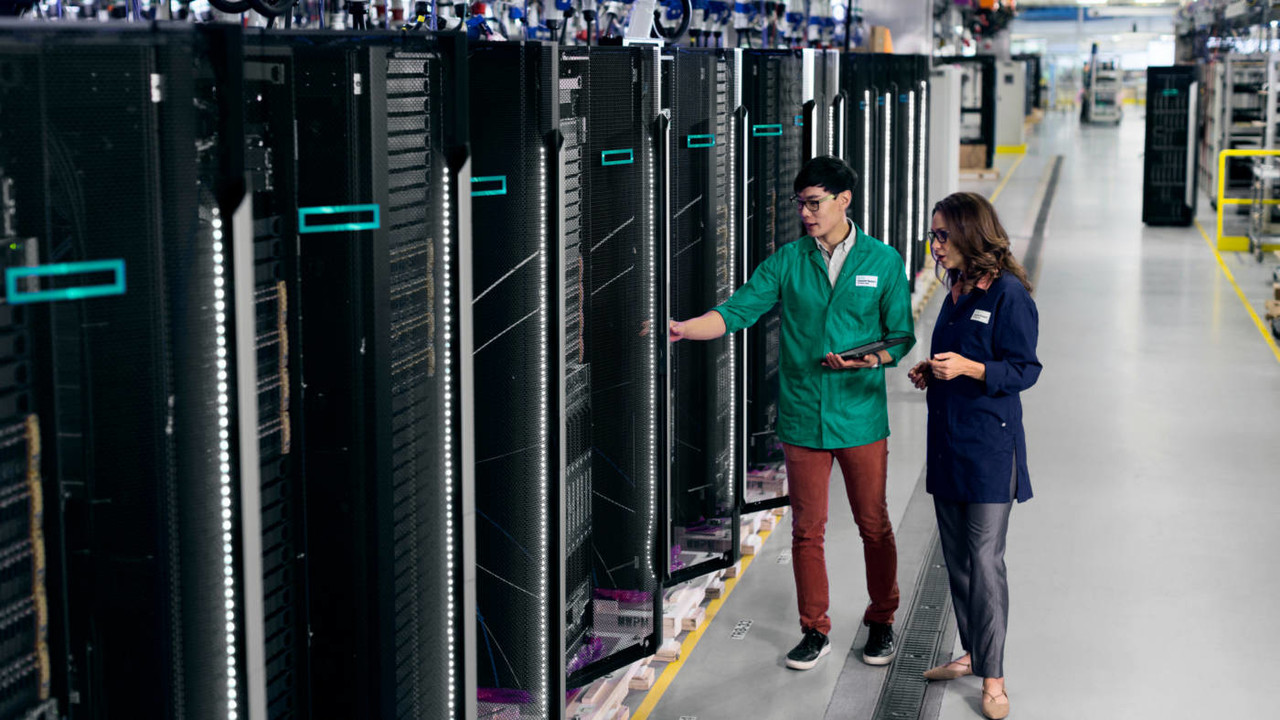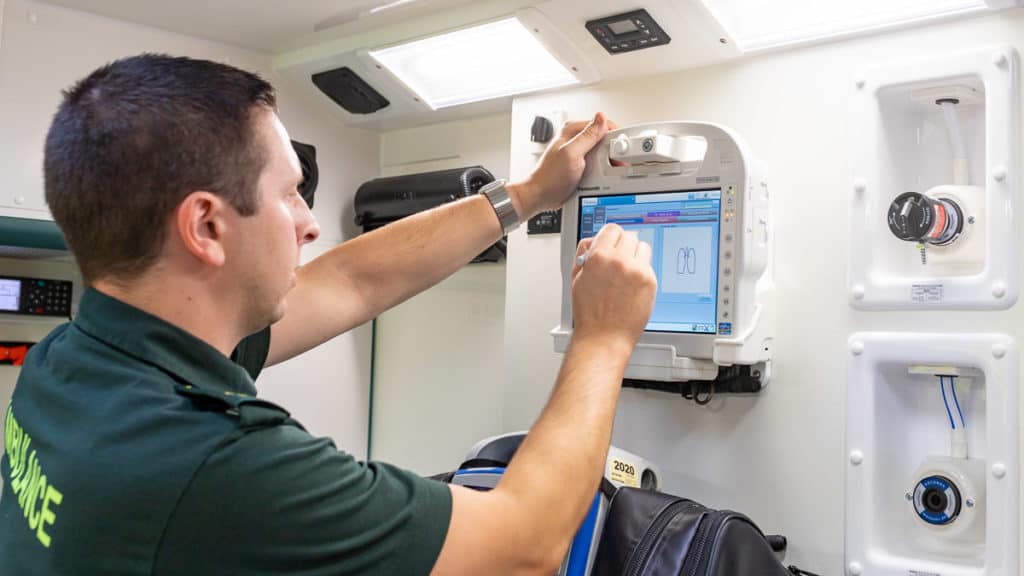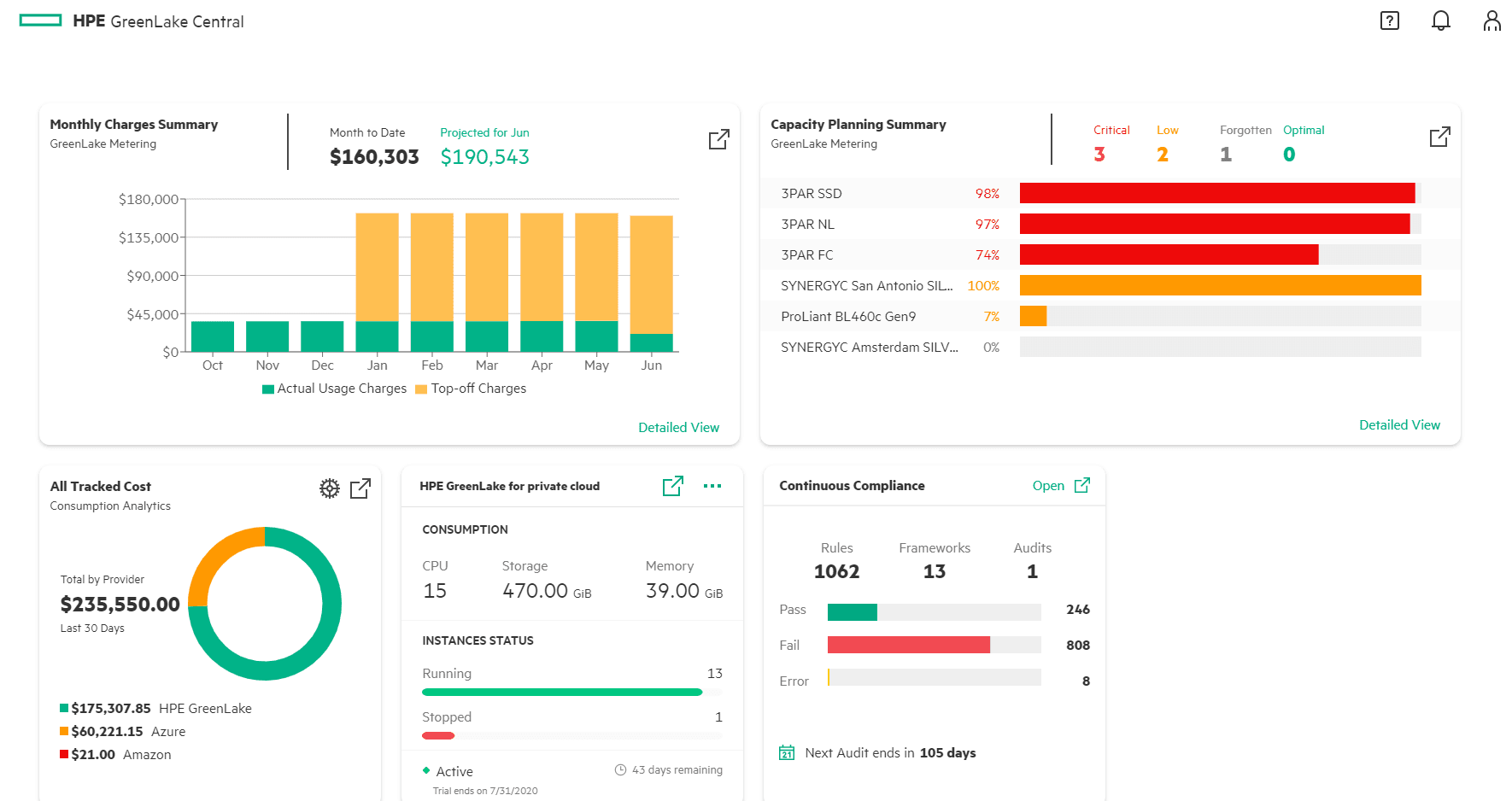
In this blog, I’ll discuss the technical and business requirements driving an ‘at the edge of the cloud’ need, and how Azure Stack HCI helps to provide a highly available and resilient solution to drive operational efficiencies and cost savings across hybrid infrastructure. I’ll also share some of the best real-life use cases our team are working on around the country for Azure Stack HCI.
Azure Stack HCI launched in December 2020. The solution takes validated server hardware from leading vendors and combines them with virtualised compute, software-defined storage, and software-defined network technologies proven over many years in Windows Server and Azure.
Azure Stack then integrates with Azure, leveraging Azure Arc, to provide centralised management of cloud and on-premises workloads, with support for backup and migration to the cloud.
Essentially, this gives you an easy-to-deploy on-premises solution, including software-defined storage and networking that can host virtual Windows and Linux servers, SQL, Kubernetes, virtual desktops… Even Azure applications services such as Azure App Service, Functions, Logic Apps, Event Grid, and API Management. You can then centrally manage your resources from Azure and take advantage of hybrid services like Azure Backup, Azure Site Recovery, Update Management, Azure Monitor, and Microsoft Defender for Cloud.

With wholesale shifts to the cloud, there’s a general acknowledgement that almost all enterprise customers are operating in a hybrid state, and will likely continue to do so for some time. Network limitations, application support and regulatory compliance are all factored into the decision to host applications on-premises. But operating a hybrid infrastructure presents a problem – how can you avoid making the management of workloads across multiple environments complex and costly?
With Azure Stack HCI, of course! It’s a cost-effective solution that delivers Azure Stack as an Azure hybrid service on the HPE GreenLake cloud platform. And it’s no surprise that it has become popular with customers requiring a strategy for workloads running at the edge of the cloud. It promises easy deployment and management – it can be deployed anywhere that edge processing and storage are required, and can be centrally managed alongside your other Azure resources.
It’s also vendor-driven. For example, at HPE Discover 2022, many conversations centred around HPE GreenLake and the appeal of ‘aaS in the private cloud, as opposed to the traditional CAPEX model (editor’s note: more on that further in this discussion).
Here are two real-life examples of Azure Stack HCI edge solutions addressing network connectivity, data processing at the edge and performance concerns.
A great example of Azure Stack HCI being used in life-changing situations is in the medical field. For example, we are currently working with a medical emergency services organisation. They are looking to deploy Azure Stack HCI units on patient transport vehicles to host patient medical information when out of service range, or in close proximity to a 5G or Wi-Fi tower. For this project, we are developing a disconnected scenario where the Azure Stack HCI unit is connected into Azure’s 5G Edge Service, which can then replicate data to the unit.

Major manufacturers also fit well into these branch/remote location scenarios where equipment requires onsite compute services. For example, retail and fast food franchise locations typically have some form of compute running at every outlet to support local point of sales equipment, security cameras, or IoT devices. Azure Stack can provide a cost-competitive yet highly available solution for a branch office with just two nodes. Not only that, but it can also be configured as switchless by running ethernet between the two nodes.

Let’s say a customer is running completely on-premises, with an on-premises VMware solution in place. Their data centre renewal is coming up, so they’re looking to purchase a range of hardware. In this purchase, they need to factor in about 20% of the cost of compute and storage to protect their infrastructure with virtual machines for patching servers – antivirus monitoring, backups etc. Things can get very costly, very quickly. Often, these management toolsets are different from those used in the cloud, resulting in additional software and resourcing costs.
A business that uses Azure Stack HCI, or Azure in a mature hybrid model, has the opportunity to wipe away some of that additional expense. They can leverage services already in Azure that natively manage and protect the infrastructure. This is clearly cost-efficient. At the same time, they are also minimising the environmental impact because they are utilising less power than in an on-premises data centre. Azure’s data centres are much more energy efficient, using significantly more renewable energy than other providers. So, in this example, moving to the Azure Stack HCI model is cost and operationally efficient. It also sets them up on a good path for consuming other platform services in Azure. And as the Azure Periodic Table shows – there is almost no end to what you can do in Azure!
As organisations move towards a hybrid cloud architecture to leverage real-time data, and meet their user’s expectations for lightning-fast services, it can make sense to deploy HCI at the edge instead of backhauling the data to a central data centre. It’s also relatively simple for Azure customers to integrate Azure Stack HCI into an existing architecture because of a unified toolset available to IT operations.
Customers might start by adding Azure Stack HCI to their on-premises equipment. This provides a way to host infrastructure on Azure and on-premises – whilst retaining control of these services. This also allows you to host services on-premises where they need to be close to other infrastructure or people. Straight out of the box, you can configure Azure Backup, Azure Site Recovery, Update Management, Azure Monitor, and Microsoft Defender for Cloud.
With Azure Stack HCI, organisations don’t need specialist skills. If your support team understands the Windows operating system and fundamentals of Azure management then you have all you need. And if you do need help, if combined with GreenLake, your local HPE specialists will be able to lend assistance.
HPE GreenLake has been made available for Azure Stack HCI to simplify hybrid services by bringing cloud-based management to on-premises resources. Traditionally, a company using Azure Stack HCI also required hardware to run it, which means they are responsible for the hardware. But when it’s in the cloud, the vendor takes care of that management, and that’s how HPE GreenLake works. The HPE team look after the hardware for you, including deployment – so, it’s a cloud-like experience for your on-premises hardware under a SaaS agreement. This combination gives you the light management touch and scalability you would expect from a cloud service, except on-premises.
The convergence of these solutions also includes a single pane of glass for viewing your billing. Customers can access their GreenLake portal – which comes with their subscription – to access information on their Azure billing, such as the cost of their onsite and off-site infrastructure. This supports your ability to better manage infrastructure from the cradle to the grave.

At Data#3, our team of solution specialists have the skills, certifications, hardware expertise, HPE certifications and Azure experience. With Data#3 managing the deployment process, you’ll ensure consistency and coherence across both cloud and on-premises.
Anything maintenance related, such as ensuring hardware and firmware are kept up to date, is managed by the HPE team. In addition, data #3 assist with higher-level requirements such as managing and configuring the overall Azure Stack HCI and HPE GreenLake services.
Learn more about the role we play in a vendor-driven as-a-Service world.
To learn more about Azure Stack HCI, and how HPE GreenLake’s on-premises, consumption-based IT service can give you more control over cost and performance, book an assessment workshop with Data#3 today.
Data#3 holds the most advanced specialisations and partner award status with both Microsoft and HPE and is well positioned to partner with you on your digital transformation journey.